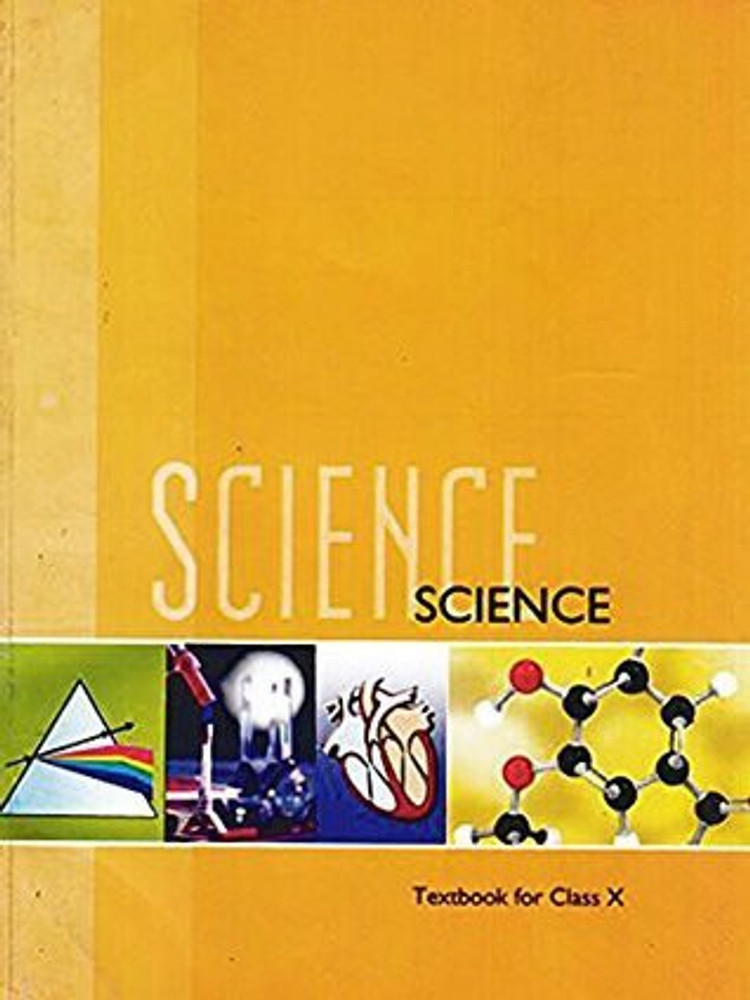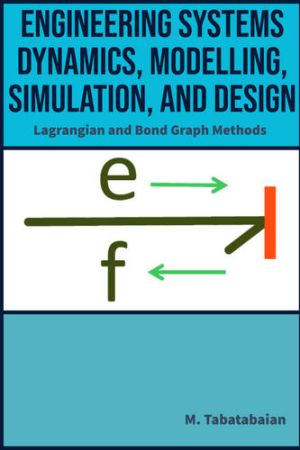Photosynthetic Machinery from Plants Operates Within Hamster Cells, Claims New Study
Researchers introduced red algal chloroplasts into animal cells, achieving 48 hours of photosynthesis activity. Led by Sachihiro Matsunaga, the study used advanced methods for chloroplast integration. Though challenges remain, this breakthrough could lead to photosynthesizing materials for carbon capture and biotechnology

A breakthrough experiment has showcased the ability of chloroplasts, essential for photosynthesis in plants, to function inside animal cells. Red algal chloroplasts were introduced into cells derived from Chinese hamster ovaries (Cricetulus griseus), where they remained active for 48 hours, converting light into energy. This achievement represents a step forward in efforts to recreate the symbiotic processes seen in nature, offering potential applications in scientific engineering. The project aims to harness photosynthesis in non-plant organisms for diverse purposes.
Chloroplast Integration into Animal Cells
According to the study published in Proceedings of the Japan Academy, Series B, the research was led by Sachihiro Matsunaga, a biologist at the University of Tokyo. His team selected resilient chloroplasts from red algae capable of thriving in extreme conditions, such as volcanic hot springs. These organelles were isolated using a centrifuge and a controlled process that avoided direct damage to animal cells. Instead of piercing cell membranes, the technique involved modifying the culture medium to prompt animal cells to engulf the chloroplasts naturally.
Functionality and Challenges
A Scientific American report confirm that the transplanted chloroplasts demonstrated electron transport—a vital component of photosynthesis—for two days before disintegrating. Past attempts had only succeeded in maintaining chloroplast function for a few hours. However, challenges persist, as chloroplasts require proteins that animal cells cannot naturally produce. Werner Kühlbrandt, a structural biologist at the Max Planck Institute of Biophysics, highlighted the absence of genes needed for protein synthesis and transport, which accelerates chloroplast degradation.
Future Applications
Plans to incorporate photosynthesis-maintaining genes into animal cells are underway, as stated by Matsunaga. This research aims to create photosynthesizing materials for applications such as carbon dioxide capture or oxygen-rich organoid growth. Experts like Jef D. Boeke, a cell biologist at NYU Grossman School of Medicine, believe these advancements may pave the way for innovative uses in biotechnology. Solar-powered humans, however, remain speculative, requiring vastly more surface area than human bodies can provide.












)

























































